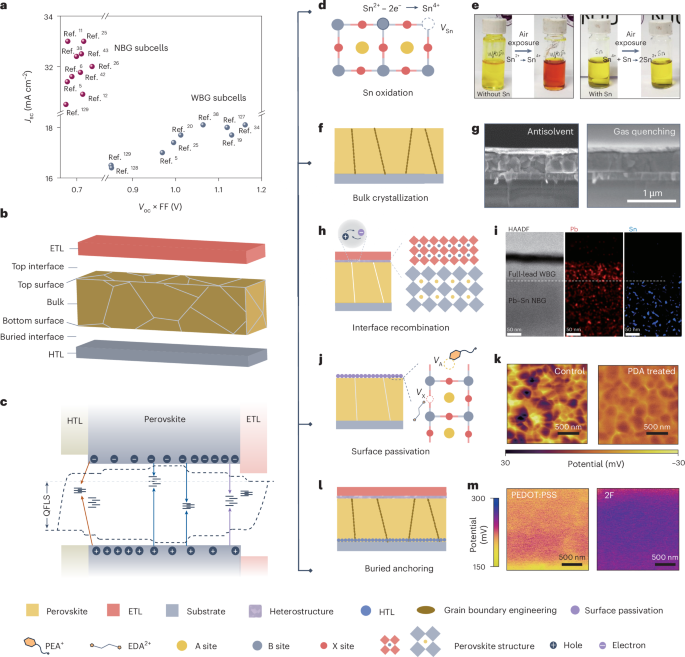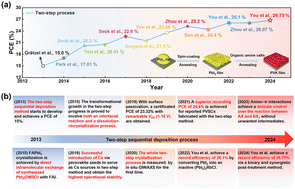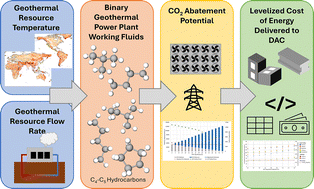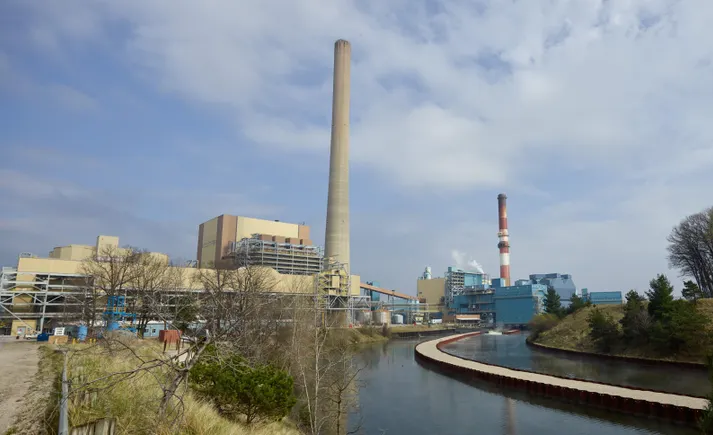Stable Cycling of Sodium All‐Solid‐State Batteries with High‐Capacity Cathode Presodiation
Advanced Energy Materials, Volume 15, Issue 23, June 17, 2025.

A sulfide-based composite is designed and synthesized to compensate for the sodium loss at the anode during the initial cycle for sodium all-solid-state batteries. Na2S activated through ball milling with Na3PS4 and acetylene black with a mixed electronic-ionic conductive network can increase the first-cycle discharge capacity, enhance long-cycling performance, and achieve a higher energy density.
Abstract
Sodium all-solid-state batteries (NaSSBs) with an alloy-type anode (e.g., Sn and Sb) offer superior capacity and energy density compared to hard carbon anode. However, the irreversible loss of Na+ at the alloy anode during the initial cycle results in diminished capacity and stability, impairing full-cell performance. This study presents an easy-to-implement cathode presodiation strategy by employing a Na-rich material to address these challenges. Leveraging the high theoretical capacity and suitable voltage window, Na2S is chosen as the Na donor, which is activated by creating a mixed electron-ion conducting network, delivering a high capacity of 511.7 mAh g−1. By adding a small amount (i.e., 3 wt.%) of Na2S to the cathode composite, a NaCrO2 || Sn full cell demonstrated capacity improvement from 90.8 to 118.2 mAh g−1 (based on cathode mass). The capacity-balanced full cell can thus cycle to more than 300 times with >90% capacity retention. This work provides a practical solution to enhance the full-cell performance and advance the transformation from half-cell to full-cell applications of NaSSBs.






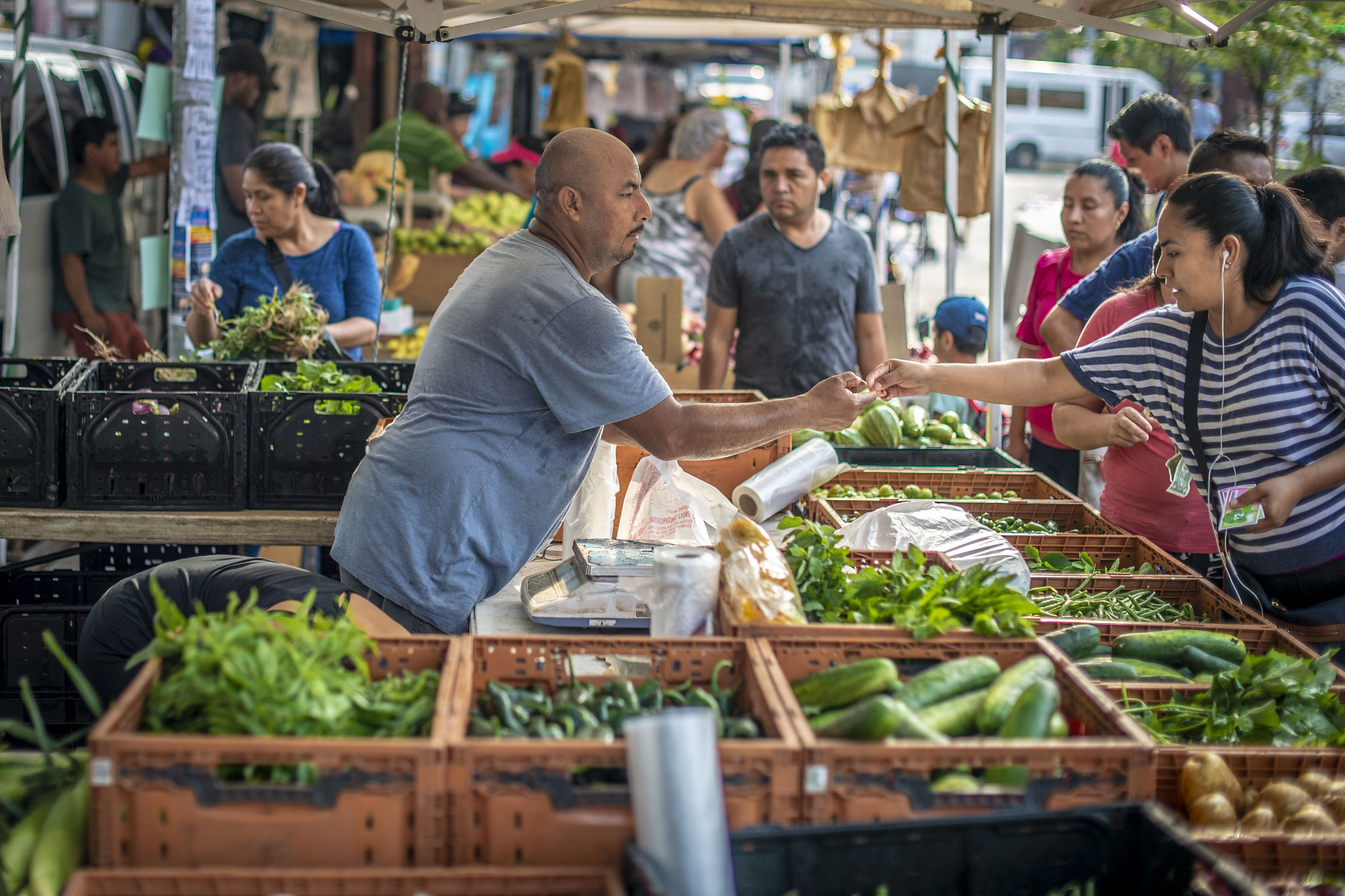














































































![The American contingent and Turkey’s autonomy goals: Paris Air Show Day 3 [Video]](https://breakingdefense.com/wp-content/uploads/sites/3/2025/06/Wednesday-Wrap.00_00_32_21.Still001.png?#)
![A look at the jets flying high above the Paris Air Show [PHOTOS]](https://breakingdefense.com/wp-content/uploads/sites/3/2025/06/Rafale_02-scaled-e1750268097167.jpg?#)




































